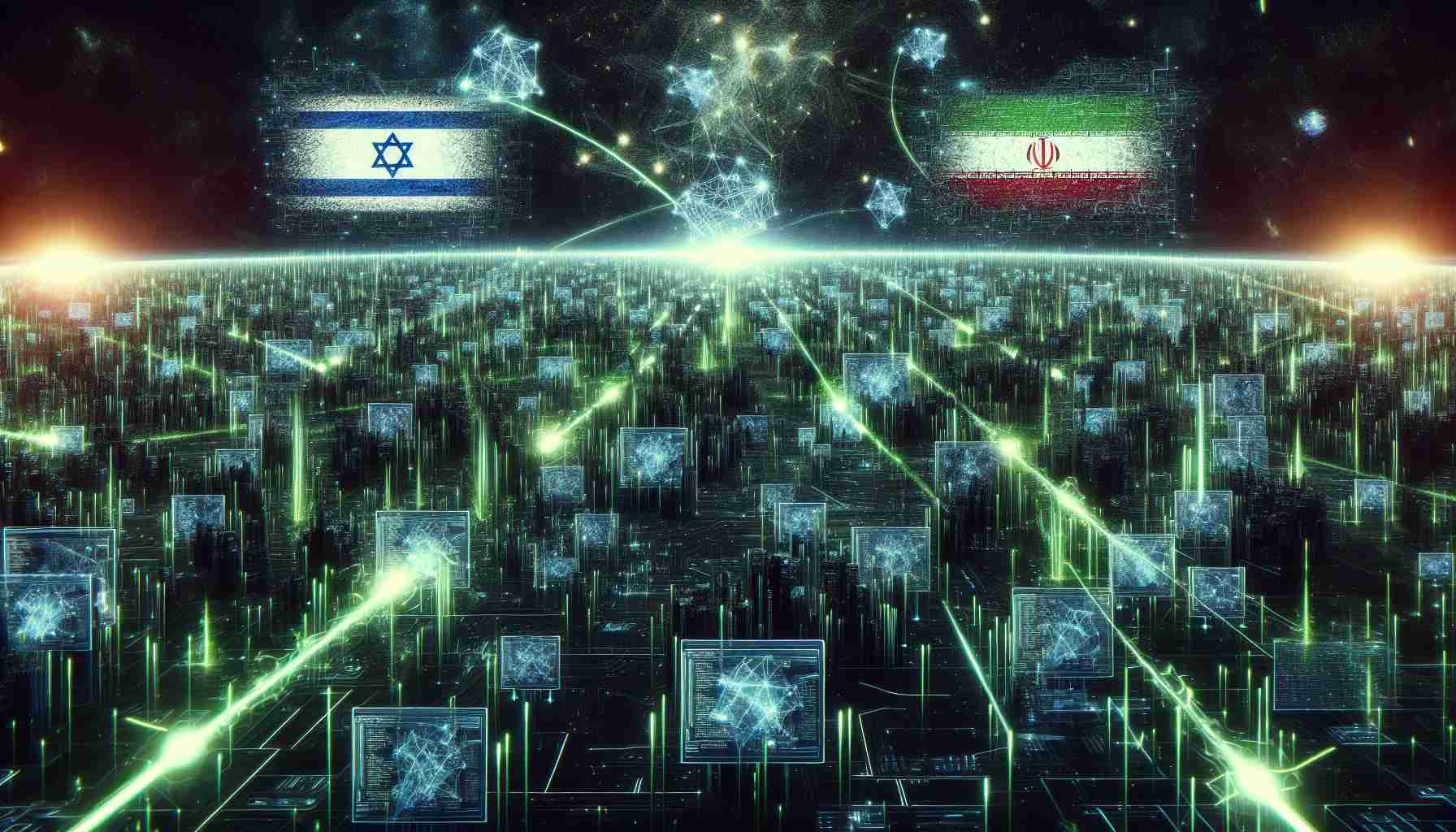In an era where warfare is increasingly fought in cyberspace, the long-standing tensions between Israel and Iran are taking a new turn. As both nations invest heavily in cyber capabilities, the prospect of future conflicts being waged through digital means is becoming more likely.
Israel, often hailed as a “Start-Up Nation,” has rapidly become a powerhouse in cybersecurity innovation. With elite units like 8200, Israel is at the forefront of developing cutting-edge cyber tools and techniques. Its expertise in the digital domain offers a strategic advantage, allowing it to preemptively detect and neutralize cyber threats. The Israeli government’s proactive stance in integrating advanced technologies into national defense has made the country a formidable player in the global cyber arena.
In contrast, Iran has been ramping up its cyber capabilities, partially in response to the imposition of crippling sanctions. The Iranian regime views cyber warfare as an asymmetrical weapon, enabling it to strike adversaries like Israel without engaging in conventional battles. Iran’s development of sophisticated cyber tactics demonstrates its intent to bolster national security and project power beyond its borders.
The interplay of these developments raises questions about the potential for cyber deterrence and the creation of new digital alliances. As both nations advance in cyber prowess, the traditional dynamics of the Middle East could undergo significant changes. With untraceable cyber-attacks that blur international accountability, new protocols may be required to prevent digital conflicts from spiraling into broader hostilities.
Cyber Showdown: How Israel and Iran’s Digital Arsenal Shapes Future Conflicts
In a rapidly digitalizing world, the age-old tensions between Israel and Iran are manifesting in a new arena: cyberspace. As both nations deepen their investments in cyber capabilities, the digital frontier is becoming a likely theater for future conflicts.
Pros and Cons of Cyber Warfare
Pros:
– Reduced Physical Conflict: Cyber warfare can deter or avoid direct military confrontation, potentially saving lives.
– Intelligence Gathering: Advanced cyber tools enable nations to gather crucial intelligence without deploying traditional espionage tactics.
Cons:
– Untraceability: Cyber-attacks are often difficult to trace, complicating international law and accountability.
– Collateral Damage: Attacks on critical infrastructure can unintentionally impact civilians and non-combatants.
Insights into Israel’s Cyber Strength
Israel is widely recognized as a leading innovator in cybersecurity, earning its “Start-Up Nation” moniker for rapidly advancing technology. Central to this is elite military units like Unit 8200, tasked with crafting sophisticated cyber tools and strategies.
– Key Features and Innovations:
– Advanced threat detection and neutralization systems.
– Collaborative initiatives between government and private sectors, fostering a robust cybersecurity industry.
Israel’s focus on integrating cutting-edge technology into national defense not only fortifies its cyber defenses but also positions it as a formidable contender on the global stage.
Iran’s Asymmetric Cyber Tactics
In response to international sanctions and geopolitical challenges, Iran has increasingly turned to cyber warfare as an asymmetrical tool to project power.
– Key Features and Tactics:
– Development of sophisticated cyber tactics aimed at disrupting infrastructure.
– Use of cyber capabilities to flex power beyond traditional military means.
Iran’s strategic emphasis on cyber capabilities underscores its desire to strengthen national security and extend influence, often without the constraints of conventional warfare.
The Future of Middle Eastern Geopolitics in Cyberspace
The growing cyber capabilities of Israel and Iran may lead to significant shifts in the region’s power dynamics. With cyber-attacks often occurring under the radar, there is a pressing need for new international protocols to manage and deter digital hostilities.
Security and Predictions
As the digital battleground evolves, both nations must navigate a complex landscape of security challenges and international diplomacy. Predictions for the future include:
– Increased Cyber Deterrence: Developing methods to deter cyber aggression will be crucial in maintaining stability.
– Formation of Digital Alliances: Regional and global partnerships may emerge to counterbalance cyber threats.
Israel and Iran’s engagement in cyber warfare not only reshapes traditional conflict paradigms but also necessitates new approaches to global cybersecurity governance. For more insights and information, visit the Israeli Government Portal to learn about the country’s advancements in cybersecurity.



















